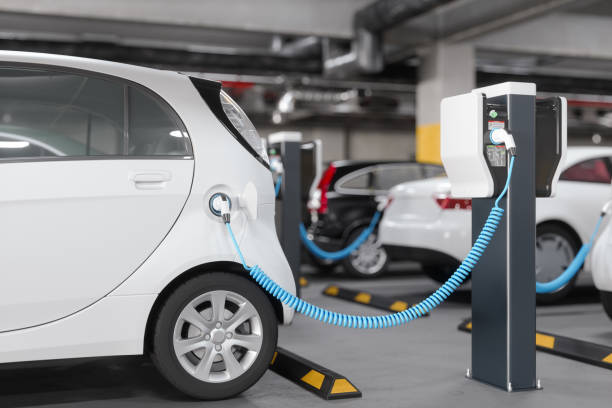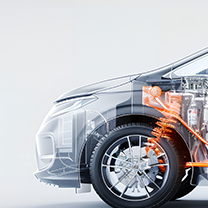
Products
Fast, Reliable, Everywhere

Solutions
Efficient, Innovative EV Charging Solutions.
With the global shift towards electric vehicles (EVs) accelerating, installing EV charging stations is no longer just about sustainability—it’s a smart business investment. Done correctly, EV charging can unlock significant revenue streams, boost customer loyalty, and position your brand as a forward-thinking leader in green technology.
In this guide, we’ll explore how to make money with EV charging stations, outline different pricing strategies, and share real-world revenue estimates based on common charging behaviors.

Setting up EV charging stations is a powerful way to:
With more than 50% of new car buyers considering an EV, according to EY’s Mobility Consumer Index, offering EV charging today means securing a competitive advantage for tomorrow.
Turning your business into an EV charging destination offers multiple cross-selling opportunities:
Whether you run a café, retail center, hotel, or gas station, installing EV chargers helps convert idle waiting time into profitable transactions.
EV drivers often rely on apps like Google Maps, Waze, or PlugShare to locate nearby charging stations. By installing public chargers:
Customizing your chargers with brand colors or logos can further strengthen your market presence.
Charging station owners can generate income by setting session fees. Popular models include:
| Pricing Model | Example |
|---|---|
| Per kWh | Charge $0.35–$0.55 per kWh |
| Per Minute | Charge $0.30–$0.50 per minute |
| Session Fee | Add a flat connection fee of $2–$5 |
| Hybrid Model | Combine energy + time fees |
Example Calculation (Per kWh):
25 kWh × $0.50/kWh = $12.50 per session
Example Calculation (Per Hour):
Charging rate 7.4 kW, need 25 kWh → ~3.5 hours
3.5 hours × $2.75/hour = $9.63 total
Use smart EV charging software to monitor usage patterns and dynamically adjust prices for:
Encourage customer loyalty by offering reduced charging rates for VIP customers, loyalty members, or corporate fleets.
Here’s an estimated breakdown of gross monthly revenue based on different business scenarios:
| Situation | Example Setup | Estimated Monthly Revenue (Lower Use) | Estimated Monthly Revenue (Higher Use) |
|---|---|---|---|
| Coffee Stop | 2 DC chargers | $2,640 | $10,560 |
| Shopping Mall | 2 DC + 4 AC chargers | $3,000 | $6,000 |
| Restaurant | 4 AC chargers | $1,680 | $3,360 |
| Parking Garage | 20 AC chargers | $6,300 | $12,600 |
| Hotel Overnight | 8 AC chargers | $4,200 | N/A |
(Assumptions: Average DC session ~40 kWh at $0.55/kWh; AC session ~20-50 kWh at $0.35/kWh)
Revenue will vary depending on location traffic, pricing model, charger utilization rate, and business type.
| Feature | AC Charging (Level 2) | DC Fast Charging (Level 3) |
|---|---|---|
| Installation Cost | Lower | Higher |
| Charging Time | 4–8 hours | 15–60 minutes |
| Customer Stay Time | Longer | Shorter |
| Best For | Hotels, offices | Gas stations, highways |
| Pricing | Lower | Higher |
Choosing the right balance depends on your customer profile:
With the EV market booming globally, installing EV charging stations today positions your business for sustainable growth and increased profitability.
Whether your goal is attracting eco-conscious customers, generating passive income, or enhancing your brand’s image, EV charging solutions offer one of the best returns on investment for the coming decade.
Ready to start making money with EV chargers?
Explore Sino Energy's full range of AC and DC EV charging solutions, designed for commercial scalability, smart management, and rapid ROI.
